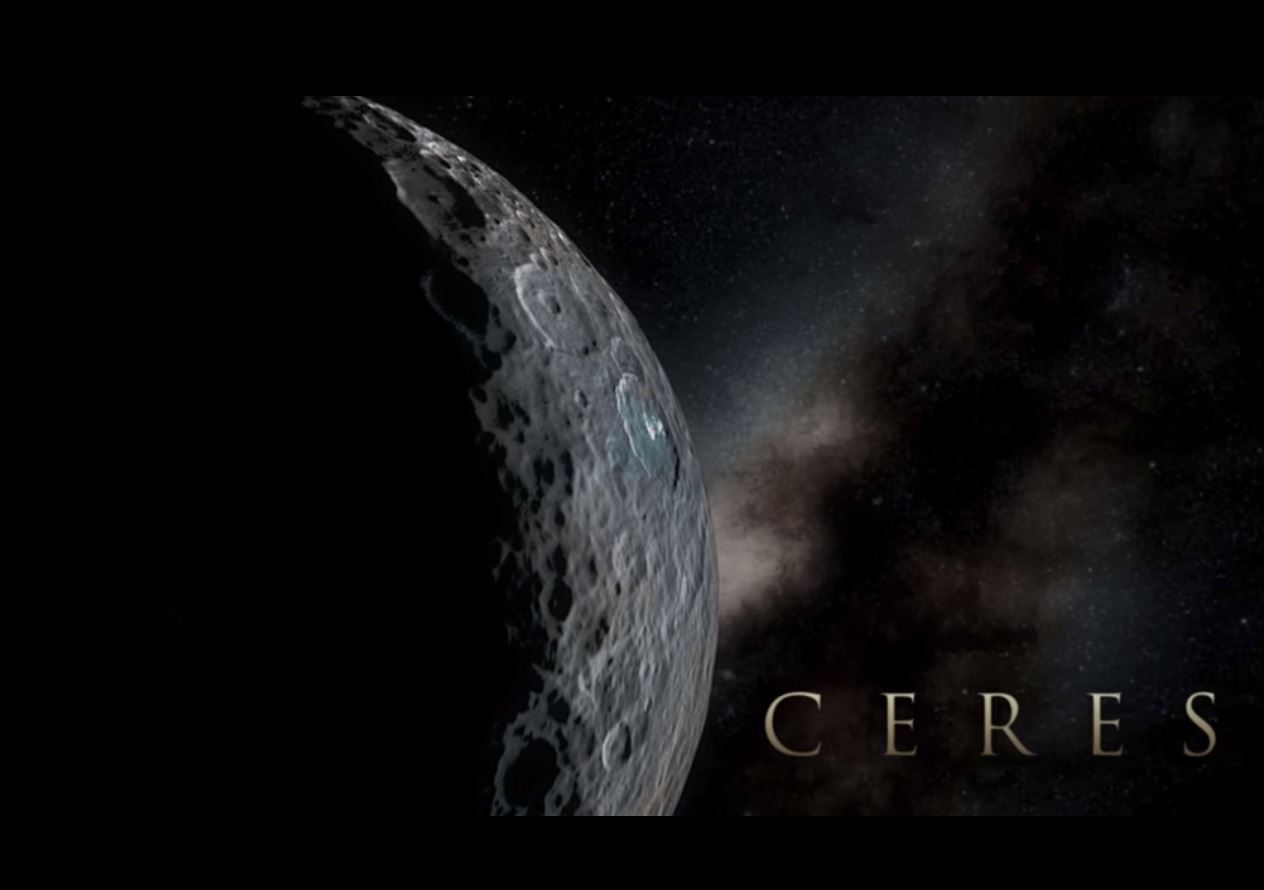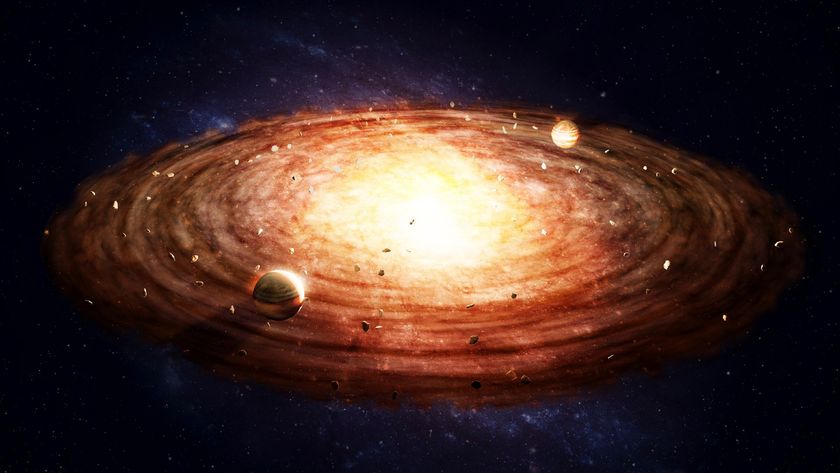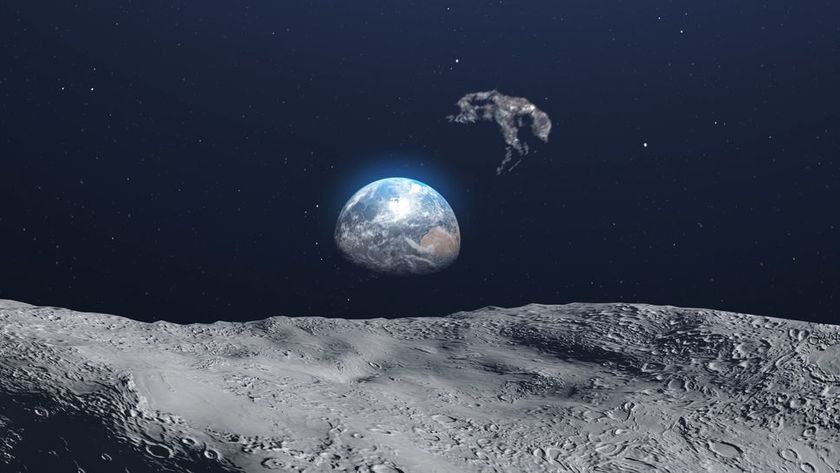Take a Cinematic Flyover Tour of Dwarf Planet Ceres (Video)

A new, slightly trippy and totally epic video released by NASA takes viewers on a flyover tour of Ceres, the largest object in the asteroid belt.
The new Ceres flyover video is an animation, but it is based on actual images and data captured by NASA's Dawn spacecraft, which has been circling the dwarf planet since March 2015. The added colors indicate the presence of various materials and the age of the surface regions — plus, they make the normally gray Ceres look just a little psychedelic.
There have been other flyover videos of Ceres produced by NASA, but none of them are quite as cinematic as this one. The video is scored like a Hollywood-produced space opera, and the producers used elegant titles to identify prominent features on the dwarf planet's surface. [Photos: Dwarf Planet Ceres, the Solar System's Largest Asteroid]
The 590-mile-wide (950 kilometers) Ceres is the largest object in the asteroid belt between Mars and Jupiter. It is sometimes referred to as an asteroid but is more frequently called a dwarf planet. As a result, Dawn earned the title of first space probe to orbit a dwarf planet.
In the new video, the brownish colors on Ceres' surface indicate the presence of phyllosilicates (typically found in clay), while blue hues highlight younger regions, where the surface may have changed recently due to flows of ice or other material, as well as pits and cracks, NASA officials said.
From a distance, Ceres might look like a cold, dead hunk of space rock, but Dawn has revealed many fascinating aspects of this frozen world. As Dawn approached Ceres, its cameras picked up various shiny spots, which researchers and space fans alike were eager to identify.
Scientists now say the deposits are very likely made of hydrogen magnesium sulfate, or what's known on Earth as Epsom salt. Additional observations showed that the bright spots may be releasing volatile elements, which create a haze over part of Ceres' surface. Investigations are still underway into the composition and history of the bright spots.
Get the Space.com Newsletter
Breaking space news, the latest updates on rocket launches, skywatching events and more!
The new video tour highlights some of Ceres' most prominent features, such as the tallest mountain on its surface, the roughly 4-mile-high (6.4 km) Ahuna Mons, as well as some of the dwarf planet's largest craters, including Occator crater, which contains some of the most dramatic of Ceres' bright spots.
The video was produced by "members of Dawn's framing camera team at the German Aerospace Center, DLR," according to a statement from NASA. The video was composed using images taken from August to October 2015, when Dawn was circling Ceres at an altitude of about 900 miles (1,415 km). With its thundering score and grand cinematography, it's clear that the people behind this video are excited about the work Dawn is doing.
Follow Calla Cofield @callacofield. Follow us @Spacedotcom, Facebook and Google+. Original article on Space.com.
Join our Space Forums to keep talking space on the latest missions, night sky and more! And if you have a news tip, correction or comment, let us know at: community@space.com.

Calla Cofield joined Space.com's crew in October 2014. She enjoys writing about black holes, exploding stars, ripples in space-time, science in comic books, and all the mysteries of the cosmos. Prior to joining Space.com Calla worked as a freelance writer, with her work appearing in APS News, Symmetry magazine, Scientific American, Nature News, Physics World, and others. From 2010 to 2014 she was a producer for The Physics Central Podcast. Previously, Calla worked at the American Museum of Natural History in New York City (hands down the best office building ever) and SLAC National Accelerator Laboratory in California. Calla studied physics at the University of Massachusetts, Amherst and is originally from Sandy, Utah. In 2018, Calla left Space.com to join NASA's Jet Propulsion Laboratory media team where she oversees astronomy, physics, exoplanets and the Cold Atom Lab mission. She has been underground at three of the largest particle accelerators in the world and would really like to know what the heck dark matter is. Contact Calla via: E-Mail – Twitter


